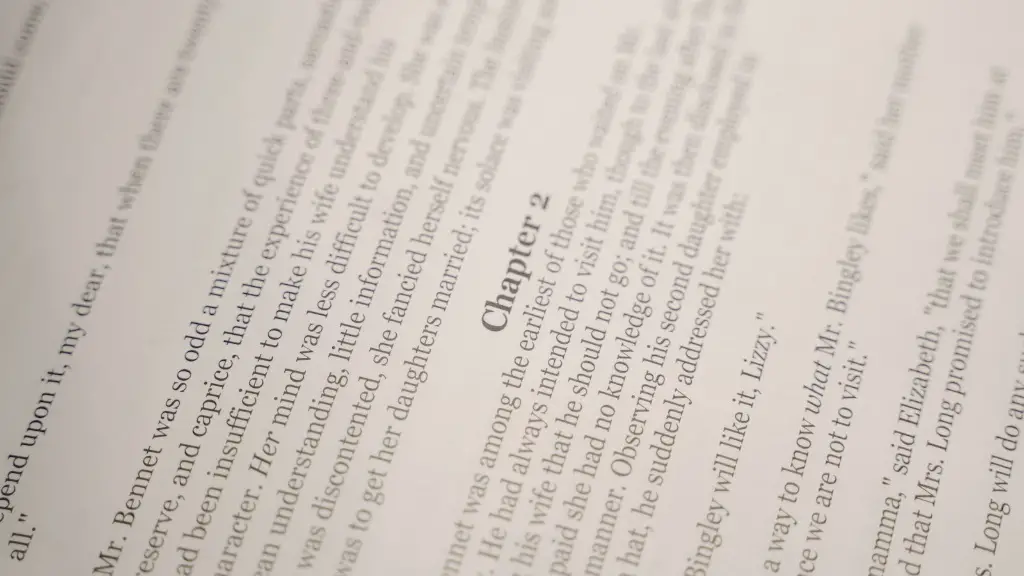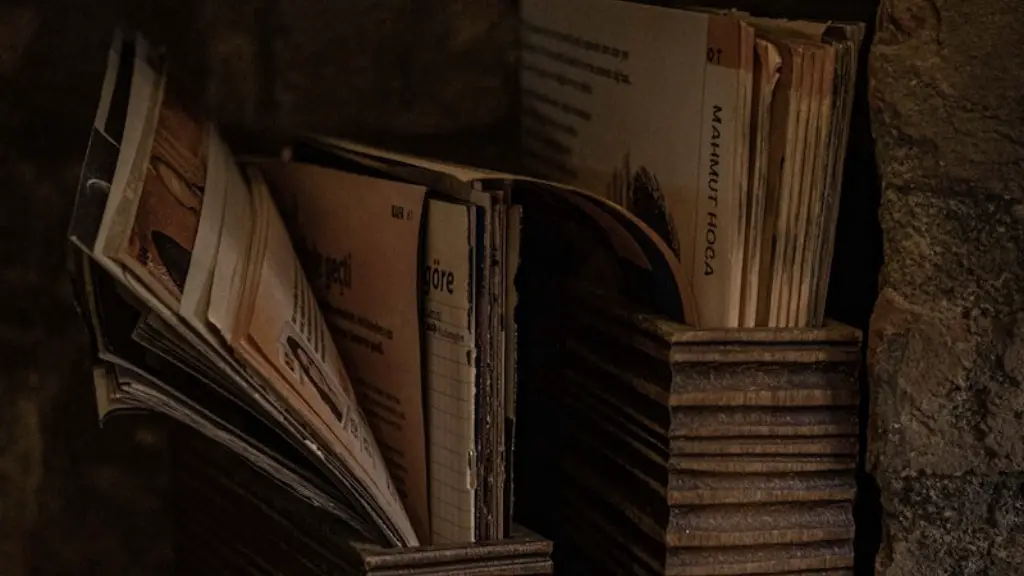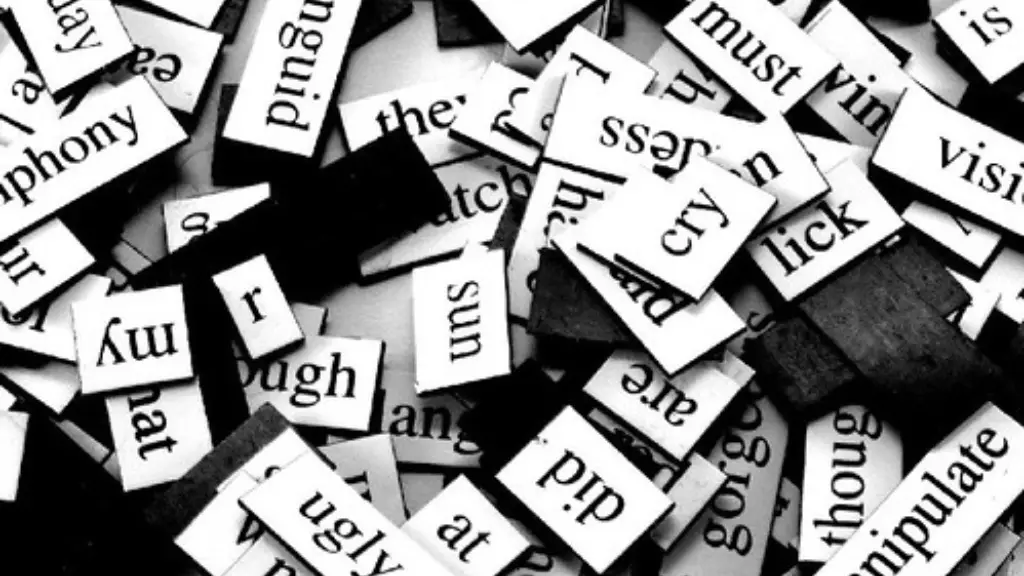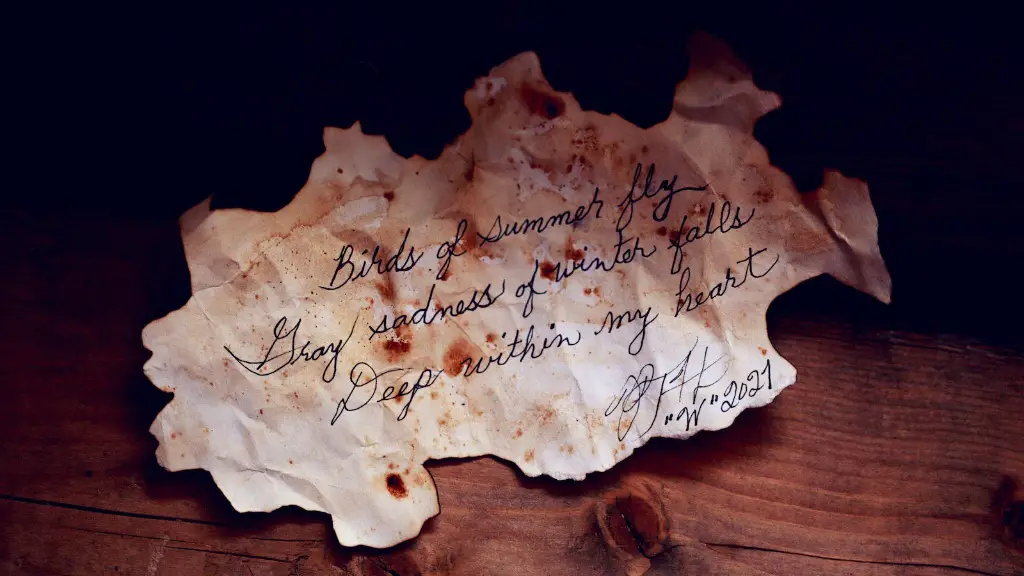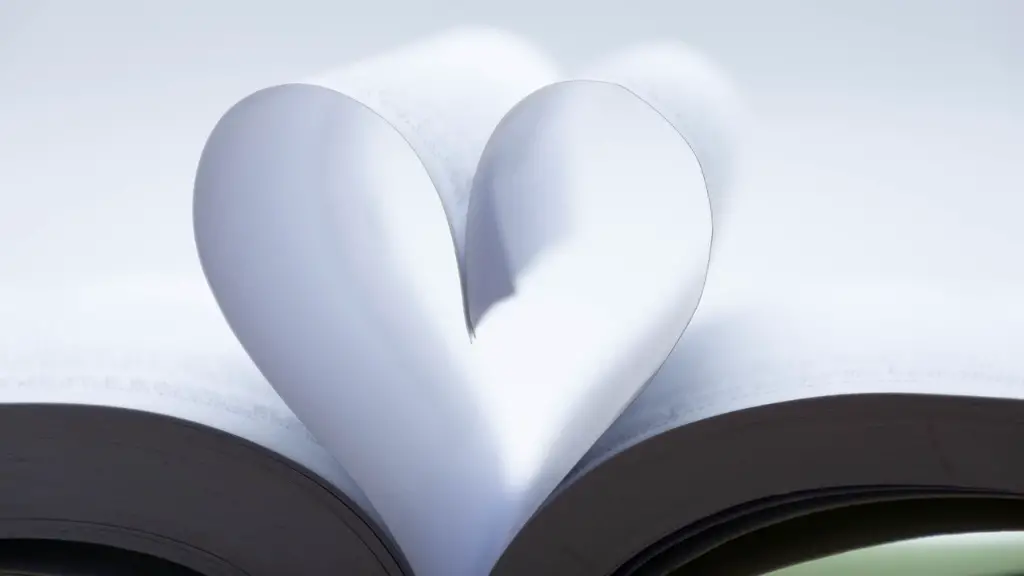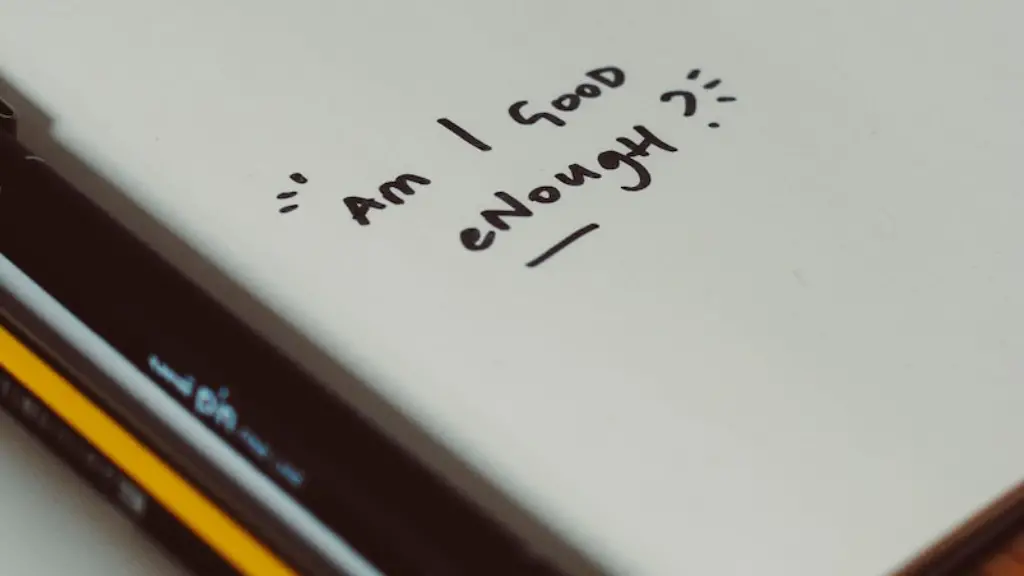Today, over two hundred years after its composition, “The Tyger” is recognized as one of the greatest poems in the English language. William Blake’s ability to evoke both terror and wonder in a few short lines has made “The Tyger” a favorite of readers and scholars alike. In this poem, Blake raises some of the most fundamental questions about existence: where do we come from, and what is the purpose of life? With its simple yet powerful language, “The Tyger” remains as relevant today as it was when it was first written.
Tyger Tyger by William Blake is not a modern poem. It was published in 1794.
What kind of poem is Tyger Tyger?
The form of “The Tyger” is very regular, with a meter and rhyme scheme that is reminiscent of a children’s nursery rhyme. The poem is made up of six quatrains, each with a rhyme scheme of AABB. This means that each quatrain has two rhyming couplets.
Sonnets are 14 lines long and are almost always written in iambic pentameter. In contrast, “The Tyger” is written in iambic tetrameter and is 24 lines long; this style can also be referred to as ballad meter. This poem is most correctly classified as a lyric poem.
What is the theme of the poem Tyger
This poem consists entirely of questions about the nature of God and creation, particularly whether the same God that created vulnerable beings like the lamb could also have made the fearsome tiger. The tiger becomes a symbol for one of religion’s most difficult questions: why does God allow evil to exist?
There is no clear narrative movement in “The Tyger”, as the speaker simply asks the titular creature a series of questions. However, the poem does have a clear structure, moving from the speaker’s initial wonder at the Tyger’s creation, to a series of questions about the Tyger’s nature. This structure helps to create a sense of tension and suspense, as the speaker gradually delves deeper into the Tyger’s mysteries. Ultimately, the poem leaves the reader with more questions than answers, but this only adds to its power and impact.
What is The Tyger symbolic of?
“The Tyger” is one of the most renowned poems by William Blake. The poem is about a tiger, and has been interpreted in a number of ways. Some scholars believe that the poem symbolises inspiration, creation or power, while others believe that it is open to interpretation and could represent anything that the reader wants it to. The beauty of this poem is that it can be interpreted in many different ways, and each reader can take away their own meaning from it.
The Lamb/Tiger is one of Blake’s most famous dual symbols. The Lamb is a symbol of innocence of the childhood, while the Tiger is considered to be an image of creative energy of human life, which aspires to a geometrically perfect form.
What literary period is The Tyger from?
The Romantic period was a time of great change and upheaval, both politically and socially. It was also a time of great creativity, with artists and writers alike exploring new ideas and ways of expression. The Tyger is a perfect example of this, with its dark and mysterious subject matter perfectly capturing the mood of the times.
BlakeQuestions about the nature of God are a major theme in ‘The Tyger,’ and the poem’s allusions to the Bible help to raise these questions. Blake asks, if God is the creator of all things, then why is there such evil and suffering in the world? This is a difficult question to answer, but perhaps by looking at the tiger, we can better understand the nature of both God and evil.
What is the structure of the poem The Tyger
The form and meter of “The Tyger” have often been described as stuffy and difficult to understand. However, the poem is actually quite simple. It is written in six quatrains of rhyming couplets with a pulsing, steady, mostly-trochaic rhythm. This makes the poem easy to read and understand, despite its complex subject matter.
Narrative poetry tells a story, often from the perspective of a single narrator. These poems typically have a beginning, middle, and end, with a clear plot arc. Though emotions may play a role in the poem, the focus is on the story itself.
Why is The Tyger a romantic poem?
The Romantic Era was a time of great change and creativity, and William Blake’s “The Tyger” reflects both of these aspects. The poem is written in a simple, direct style that belies the complexity of its subject matter. The speaker in the poem asks a series of questions about the nature of the tiger, and in doing so, he reflects on the nature of God and man. The tiger itself is a symbol of the divine, and its beauty is a reflection of the divine power and mystery. The speaker ultimately comes to the conclusion that man is not meant to understand the tiger, or the divine, but that we can only appreciate the beauty and power that they represent.
The lamb and the tiger are two very different symbols that represent the two different states of human soul. The lamb is destroyed by experience, while the tiger seeks to restore the lost Paradise. The tiger, which symbolizes the wrath of God, is also the symbol of fierce force that is necessary to outdo the ugliness experienced.
Why is The Tyger spelled with a Y
The Tyger is a poem by British poet William Blake. The poem is about a tiger. It is spelled with a “y” in the poem because Blake used the old English spelling.
The poem “The Tyger” by William Blake is a contemplation on the nature of God. The speaker asks if God could have created something as beautiful as the tiger, but also something as fierce and deadly. The lamb is seen as being innocent and defenseless, while the tiger is seen as being ruthless and bloodthirsty. The speaker wonders if God is just as responsible for the suffering of the lamb as he is for the tiger.
What are the 3 types of poems?
There are three main kinds of poetry: narrative, dramatic, and lyrical. It is not always possible to make distinction between them. For example, an epic poem can contain lyrical passages, or lyrical poem can contain narrative parts.
Poetry is a great way for students to express themselves and explore their creativity. There are many different types of poetry, each with its own unique style and purpose. Here are four of the most popular types of poetry, and why students should study them:
1. Free Verse: Free verse is the simplest form of poetry, and is often the easiest for students to write. There are no specific rules for free verse, which makes it a great starting point for students new to poetry.
2. Haiku: Haiku are short, three-line poems that originated in Japan. They are typically about nature, and are known for their use of imagery and seasonal words. Haiku can be a great way for students to practice descriptive writing.
3. Limerick: Limericks are funny, five-line poems that often use wordplay and puns. They are a great way to get students thinking creatively and come up with clever ways to express themselves.
4. Sonnet: Sonnets are 14-line poems that follow a specific rhyme scheme. They are traditionally about love, but can be about any subject. Sonnets can be a great way for students to practice using literary devices like metaphor and simile.
What are the 5 main types of poems
A haiku is a short form of Japanese poetry typically consisting of three lines. The first and third lines usually contain five syllables, while the second line has seven. Haiku often focus on images from nature, and are typically written in the present tense.
Free verse is a popular style of modern poetry that allows for much more freedom than traditional forms like the sonnet or villanelle. There are no set rules for free verse poems, making them ideal for writers who want to experiment with different techniques and styles.
An acrostic poem is a type of poem where the first letter of each line spells out a word or phrase. Villanelles are a type of poem that consists of nineteen lines, and have a specific rhyming scheme. A limerick is a five-line poem that is known for its humorous nature. Odes are poems that are written in praise of someone or something, while elegies are poems that are written in mourning.
The poem starts with an evil tone, as the speaker is describing the tiger as a “tyger” (a creature that is known for being fierce and deadly). However, as the poem progresses, the tone gradually shifts to a more positive and curious one, as the speaker begins to wonder about the tiger’s origins and how it came to be so powerful and feared. In the end, the speaker conveys a message of respect and admiration for the tiger, despite its dangerous nature. This change in tone throughout the poem reflects the theme of balance, and how even the most dangerous creatures can be beautiful and awe-inspiring.
Final Words
No, “Tyger Tyger” is not a modern poem. It was written in the late 18th century.
No, “Tyger Tyger” is not a modern poem. It was written over 200 years ago by William Blake.
